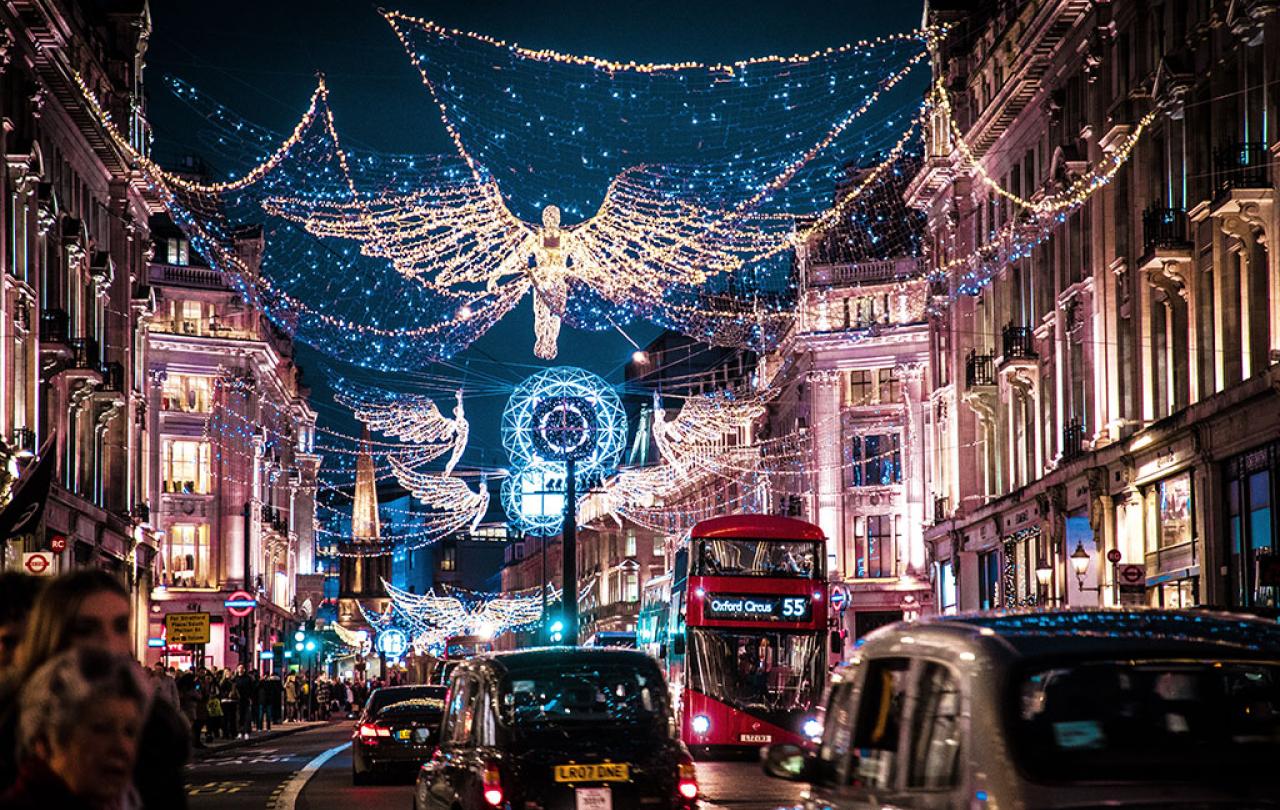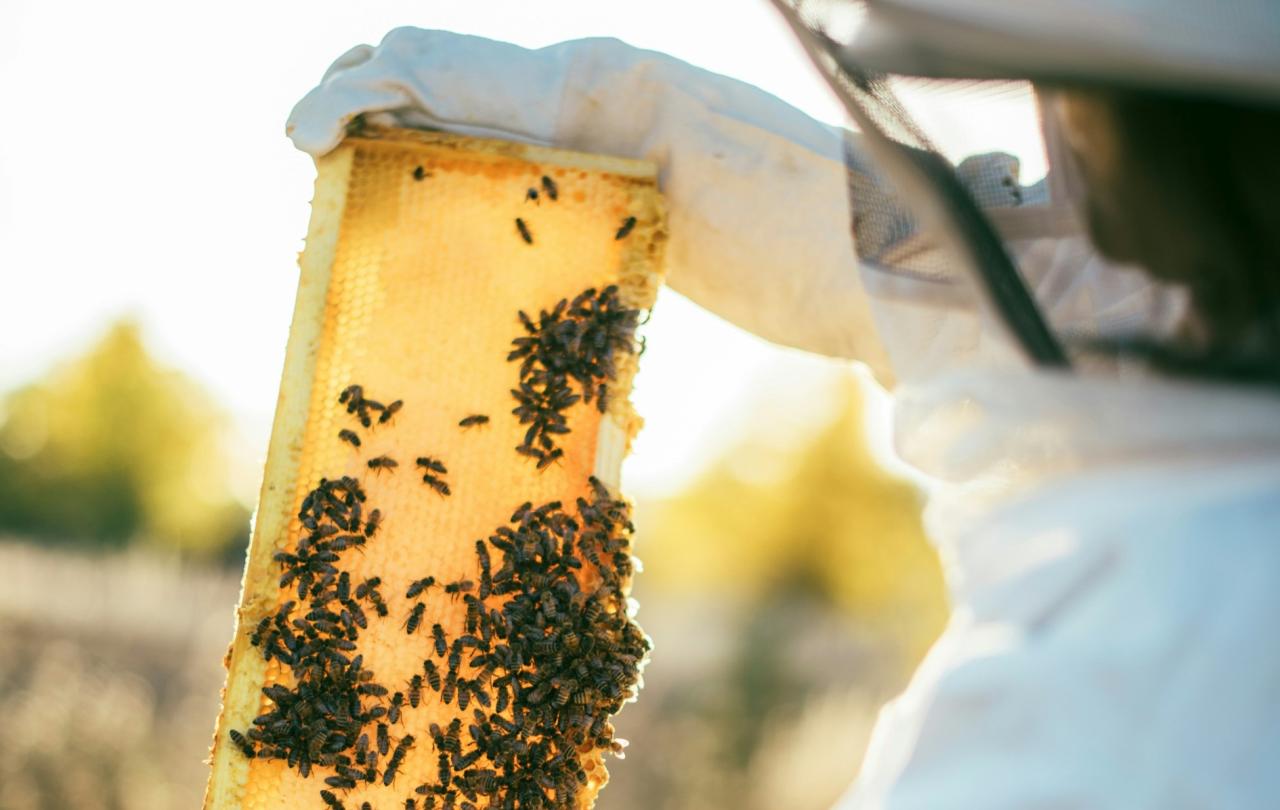‘Be like the bees’ we hear not infrequently. These furry hive dwellers have been coopted by many, from socialists to capitalists, to put a point across. One party draws on their social structure as an inspiration, another their worker bee ethic. They are indeed an example to us. And yet at the same time, bee communities do things that we would find reprehensible in fellow humans. Male bees are expelled from the hive when they are no longer considered reproductively useful. The bees we see out and about this summer are often the oldest, sent to do the dangerous foraging work because they are considered the most expendable. This was a jarring discovery for me, reading it in Katherine May’s timely book, Wintering, during the first COVID-19 lockdown. I was one of the millions shielding and being protected by the ways that society shifted to serve the most vulnerable to the virus; bees, I had just learned, would not behave like this. There are some limits, it seems, to the lessons we construct from nature.
For we do love to construct them. Spend a moment on LinkedIn or Substack, and there are a multitude of articles drawing lessons from the world around us and the creatures we share it with.
This impulse is not new; throughout history, people and communities have done this. People’s relationship with nature is not static or homogenous. The wilderness has been variously a place of fear to be avoided, of growing wonder as described by the Romantic Poets, a site of knowledge neglected by those in power but maintained by others, often women and indigenous communities.
What strikes me about the current trend is that it seems to push to an extreme of unquestioning veneration: nature is perfect and our whole teacher. There are posts about perfect harmony we should emulate, or a call to copy an endless adaptability. These are the things that we might long for – but do not seem to be borne out in ecosystems where sea urchins demolish kelp forests, and the climate crisis reveals the limits of species to adjust. We are being called to see what we want (or feel we need) rather than what actually exists in the world around us.
This instinct to carve lessons from creation extends beyond the natural world to the work of human hands. The Japanese art of kintsugi, repairing broken pottery with gold, has become increasingly prevalent as a metaphor for healing; a beautiful idea but one that risks being stripped of its culture, and that has both limitations and dangers. In Sarah Perry’s novel, The Essex Serpent, Cora’s husband Michael masks his abuse by speaking in a romantic metaphor of his intention to break her down and mend her with gold, like the Japanese art in their hallway. But Cora is not a vase; she is woman. Michael’s breaking harms her. She only begins to repair after he is gone; it is messy, some parts seem irrevocably changed. I think of my own losses, and how healing is indeed available, but rarely as straightforward as putting the same pieces back together. To think it is so can hinder our restoration, and miss out on the transformation that may be possible. As the journalist Poorna Bell wrote after her husband’s death by suicide: “I was in some ways sadder, wiser, but also my existence was much bigger, more honest.”
We have a great capacity to learn – and we need it to survive. As writer Andy Crouch put it in his book, Culture Making: “a human baby is the strangest and most wonderful creature this world can offer. No other mammal emerges so helpless from the womb, utterly unable to cope with the opportunity and adversity of nature. Yet no other creature holds such limitless possibility… We are hard-wired for nothing but learning. All we begin with are possibilities.”
This ability to grow and understand and change is essential if we are to navigate the world. And in our encounters with this place, with brokenness and confusion, the instinct to make meaning, to tidy, to be able to point to something and say 'this is how we should be’ is a form of comfort. Maybe even control it. We are grappling with not just how to understand the world, but how to be in it.






